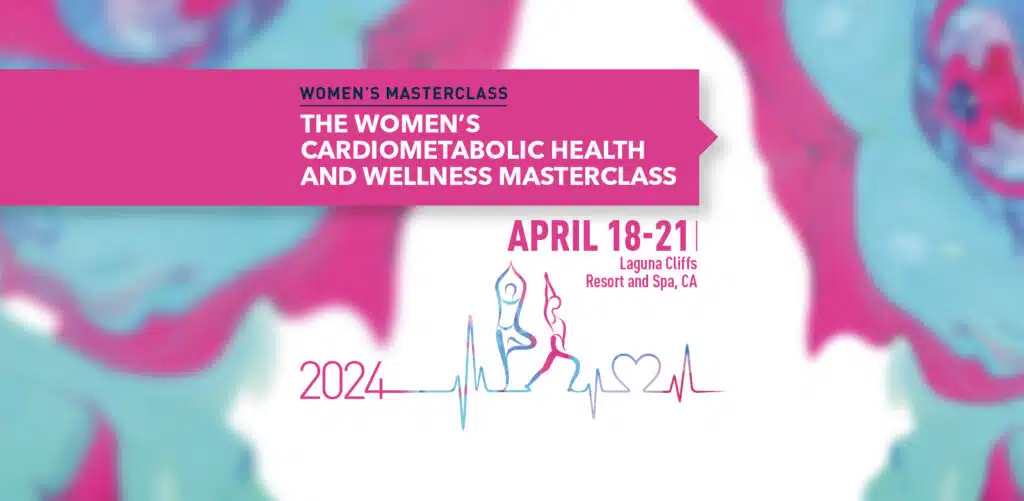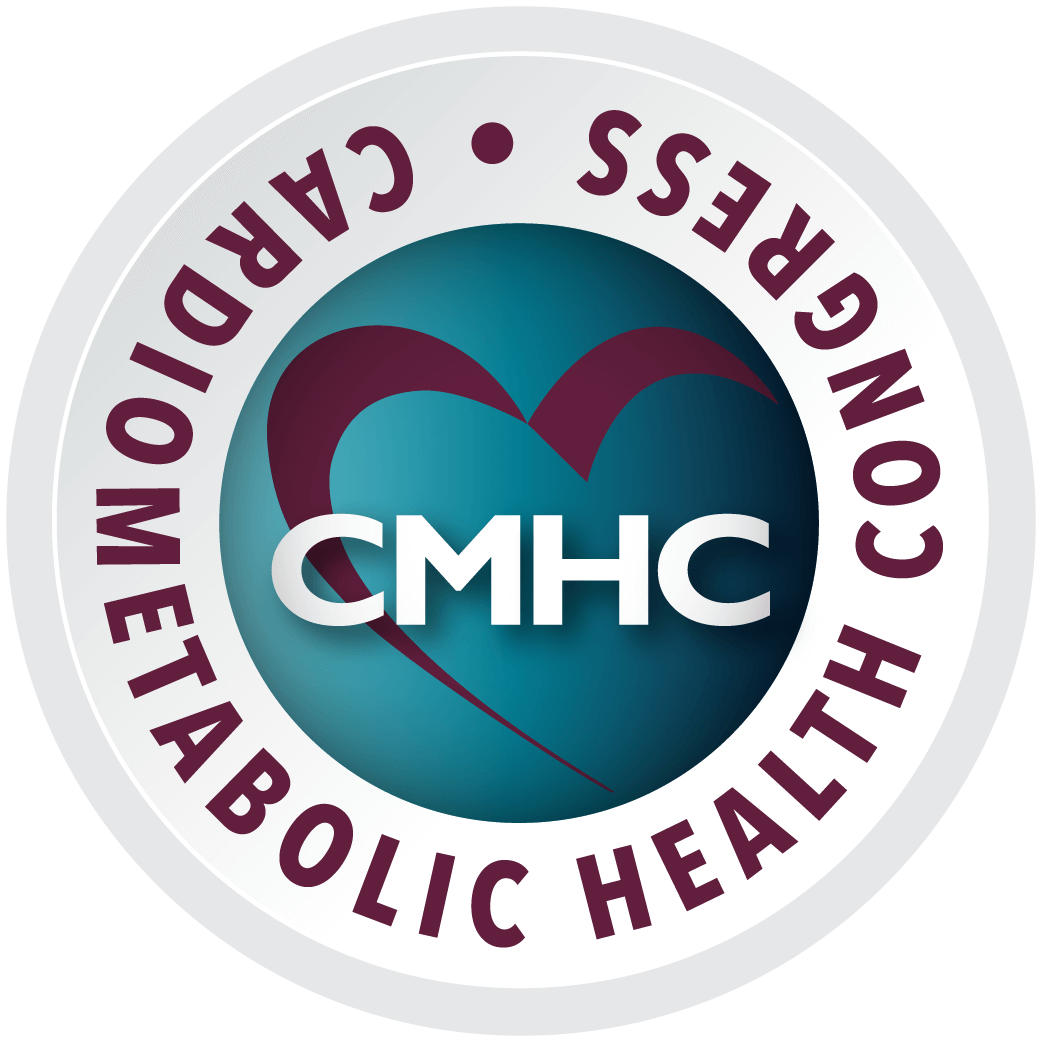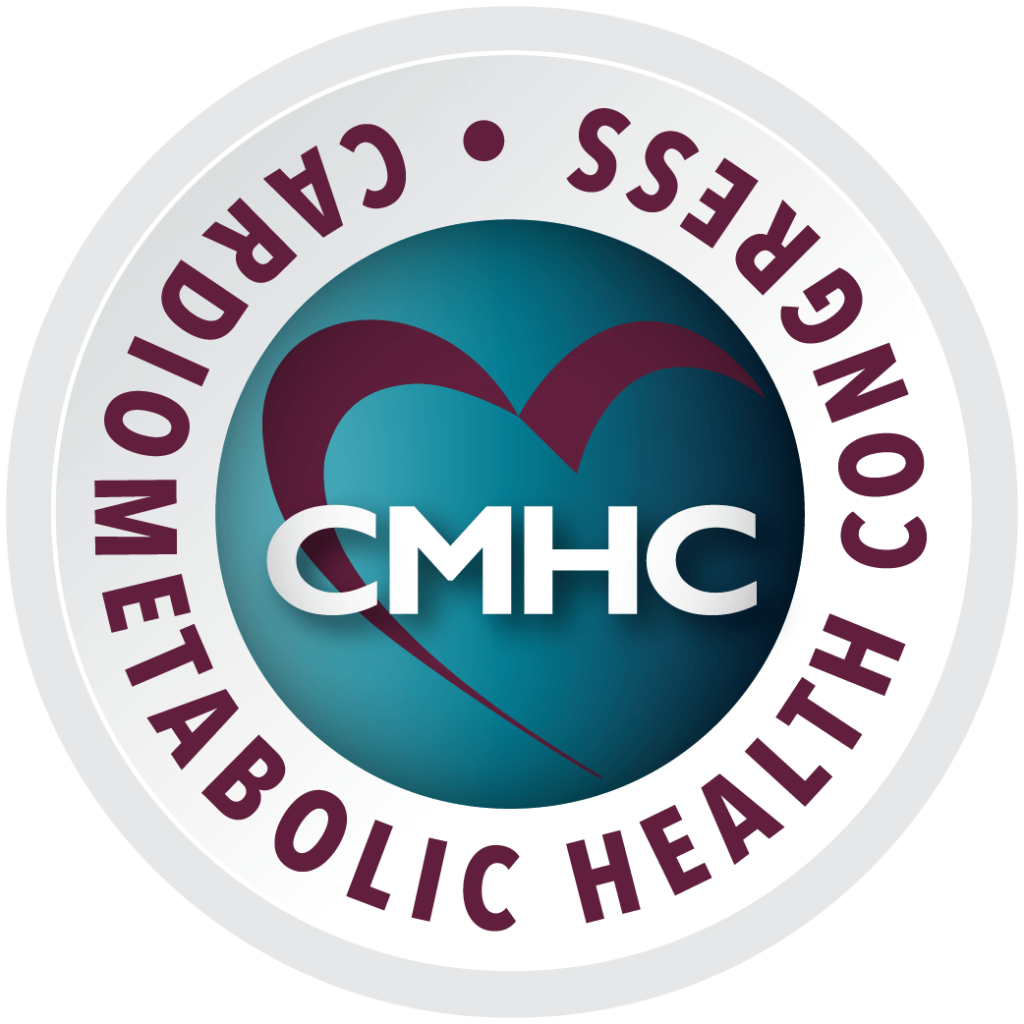However, there are also very cheap and practical ways to assess adiposity, particularly its distribution, in addition to BMI. For example, in our clinical practice here in Richmond, we always do an assessment of waist circumference in addition to BMI and BIA when available. Measuring waist circumference is very easy to do and is a good assessment of visceral adiposity, which is considered to be a strong cardiometabolic risk factor. So, in addition to just keeping track of changes in BMI, we also always keep track of the changes in waist circumference. For example, if you have an individual with a BMI of 23 kg/m2 and without any cardiovascular disease, but with a waist circumference of 104 cm (cut-off for men is <102 cm and for women <88cm), that individual would be considered to have an increased cardiometabolic risk despite having a normal BMI and no other apparent red flags. Overall, BMI is a decent tool, but we can do better, and there are definitely other practical tools that we can use.
CARDIOMETABOLIC CHRONICLE: In your research, you have also looked at physical activity and cardiovascular health. What levels of exercise intensity or duration are beneficial?


















